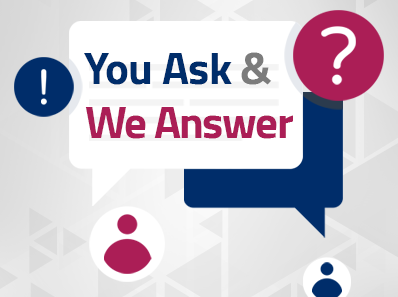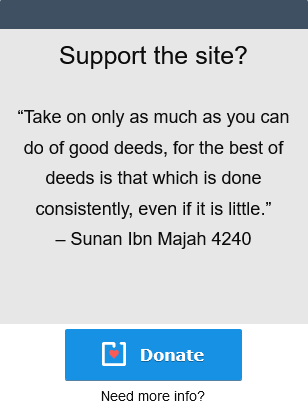What is Eid al-Fitr?
Eid al-Fitr is a special occasion for Muslim and is a time for celebration with family and loved ones. Eid ul Fitr marks the end of the month of Ramadan, a period of month-long fasting for Muslims around the world, and the start of Shawwal, the tenth month in the Islamic (Hijri) calendar.
There are two days out of the year dedicated to a celebration called Eid, in the Islamic (Hijri) calendar. Eid ul-Fitr occurs at the end of the month of Ramadan each year, and Eid al-Adha, which occurs on the 10th, 11th and 12 of Dhul Hijjah, last month of the Islamic year.
When is Eid al-Fitr in 2025?
Eid ul-Fitr is expected to take place on Sunday 30th March 2025 or Monday 31st March 2025, depending on the sighting of the moon.
Unlike the Gregorian calendar we use today, the Islamic calendar operates on the lunar cycle. This means that all significant days in the Islamic calendar appear to shift forward approximately 11 days each year. Therefore, the sighting of the moon determines the end of the month-long period of Ramadan and the beginning of Eid.
As with each day in the Islamic calendar, the next day begins after Maghrib prayer (just after sunset) of the same day. Eid begins after the moon has been sighted. Therefore, the last day of fasting ends at Maghrib.
How many days is Eid al Fitr 2025?
Eid ul-Fitr lasts for one day, and is expected to take place on Sunday 30th March 2025 or Monday 31st March 2025, following the sighting of the moon. In the Islamic calendar, Eid al-Fitr takes place on the first day of Shawwal. This is the day in which Eid prayers take place, and it is forbidden to fast.
However, in many Muslim countries, the celebrations of Eid ul-Fitr can last for up to three days. These days are usually public holidays, in which families and friends gather and celebrate the end of a month of fasting.
Eid al-Fitr differs from Eid al-Adha, which is unanimously celebrated for three days.
What does Eid ul-Fitr mean?
The word Eid translates as “the festival of breaking the fast”, marking the end of Ramadan, in which Muslims fast from dawn until dusk.
It’s a day of joy and celebration in having spent Ramadan in Allah’s pleasure, and for fulfilling our duty to Allah to abstain from food and drink during daylight hours. The day is usually characterised by praying Eid prayers, spending time with loved ones, and enjoying good food.
Eid ul-Fitr is a time to appreciate and enjoy the blessings Allah has given us, as well as remembering those less fortunate who may not have the means to celebrate the holy occasion. It’s also a great time for increased worship and devotion to Allah, as we show happiness and gratitude to Him.
Eid al-Fitr is a special occasion for Muslim and is a time for celebration with family and loved ones. Eid ul Fitr marks the end of the month of Ramadan, a period of month-long fasting for Muslims around the world, and the start of Shawwal, the tenth month in the Islamic (Hijri) calendar.
There are two days out of the year dedicated to a celebration called Eid, in the Islamic (Hijri) calendar. Eid ul-Fitr occurs at the end of the month of Ramadan each year, and Eid al-Adha, which occurs on the 10th, 11th and 12 of Dhul Hijjah, last month of the Islamic year.
When is Eid al-Fitr in 2025?
Eid ul-Fitr is expected to take place on Sunday 30th March 2025 or Monday 31st March 2025, depending on the sighting of the moon.
Unlike the Gregorian calendar we use today, the Islamic calendar operates on the lunar cycle. This means that all significant days in the Islamic calendar appear to shift forward approximately 11 days each year. Therefore, the sighting of the moon determines the end of the month-long period of Ramadan and the beginning of Eid.
As with each day in the Islamic calendar, the next day begins after Maghrib prayer (just after sunset) of the same day. Eid begins after the moon has been sighted. Therefore, the last day of fasting ends at Maghrib.
How many days is Eid al Fitr 2025?
Eid ul-Fitr lasts for one day, and is expected to take place on Sunday 30th March 2025 or Monday 31st March 2025, following the sighting of the moon. In the Islamic calendar, Eid al-Fitr takes place on the first day of Shawwal. This is the day in which Eid prayers take place, and it is forbidden to fast.
However, in many Muslim countries, the celebrations of Eid ul-Fitr can last for up to three days. These days are usually public holidays, in which families and friends gather and celebrate the end of a month of fasting.
Eid al-Fitr differs from Eid al-Adha, which is unanimously celebrated for three days.
What does Eid ul-Fitr mean?
The word Eid translates as “the festival of breaking the fast”, marking the end of Ramadan, in which Muslims fast from dawn until dusk.
It’s a day of joy and celebration in having spent Ramadan in Allah’s pleasure, and for fulfilling our duty to Allah to abstain from food and drink during daylight hours. The day is usually characterised by praying Eid prayers, spending time with loved ones, and enjoying good food.
Eid ul-Fitr is a time to appreciate and enjoy the blessings Allah has given us, as well as remembering those less fortunate who may not have the means to celebrate the holy occasion. It’s also a great time for increased worship and devotion to Allah, as we show happiness and gratitude to Him.




